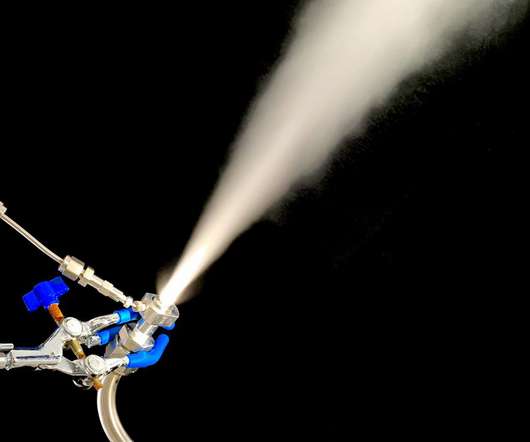NC State Researchers Developing Ozonolysis Pretreatment for Energy Grass Feedstocks
Green Car Congress
JULY 4, 2010
Researchers at North Carolina State University are developing an ozone-based pre-treatment technique (ozonolysis) to release sugars from the energy grass miscanthus for production into renewable fuels or chemicals with minimal generation of chemical waste streams and degradation of the carbohydrate components.












Let's personalize your content